Ball Of Foot Gel Pads
Out of Stock
Oppo Medical Ball Of Foot Gel Pads support and help redistribute pressure on forefoot area and may be used to treat metatarsalgia.
Metatarsalgia is a common foot condition characterized by pain and inflammation in the ball of the foot. It typically affects the metatarsal bones and associated tissues, causing discomfort and limiting mobility.
Understanding the causes, recognizing the symptoms, obtaining an accurate diagnosis, and implementing appropriate treatment strategies are crucial for effectively managing metatarsalgia. This article provides insights into the causes, symptoms, diagnosis, and treatment options for this condition.
Metatarsalgia can have several underlying causes, including:
Repetitive activities that place excessive pressure on the ball of the foot, such as running, jumping, or participating in high-impact sports, can lead to metatarsalgia. These activities strain the metatarsal bones and the surrounding soft tissues.
Certain foot abnormalities, such as high arches (pes cavus) or flat feet (pes planus), can contribute to metatarsalgia. These structural imbalances can cause uneven weight distribution, leading to increased stress on the metatarsals.
Wearing shoes that do not provide adequate support, have narrow toe boxes, or lack cushioning can increase the risk of metatarsalgia. Tight or constricting footwear can compress the metatarsal heads, leading to pain and inflammation.
Conditions like bunions, hammertoes, or Morton’s neuroma, which affect the alignment or structure of the foot, can cause metatarsalgia. These deformities alter the distribution of weight and pressure on the ball of the foot, resulting in pain.
With age, the fat pads in the ball of the foot can thin out, reducing their cushioning effect. This can contribute to increased pressure on the metatarsals and the development of metatarsalgia.
The following symptoms are commonly associated with metatarsalgia:
Metatarsalgia typically presents as a sharp, burning, or aching pain in the area between the toes and the arch of the foot. The pain may worsen with weight-bearing activities, walking, or wearing tight shoes.
The affected area may become swollen, tender to touch, or exhibit signs of localized inflammation.
Some individuals with metatarsalgia may experience sensations of numbness or tingling in the toes or the ball of the foot.
To diagnose metatarsalgia, healthcare professionals may perform the following:
A comprehensive discussion of the individual’s symptoms, medical history, and lifestyle is essential. A physical examination of the foot is conducted to assess the affected area for tenderness, swelling, and any abnormalities.
Evaluating the individual’s gait pattern and foot mechanics can help identify any abnormalities or biomechanical issues contributing to metatarsalgia.
In some cases, X-rays or other imaging tests may be ordered to rule out other potential causes of foot pain, such as stress fractures or arthritis.
Healthcare professionals may assess the individual’s footwear to identify any factors contributing to metatarsalgia, such as improper fit or lack of support.
The treatment approach for metatarsalgia aims to relieve pain, reduce inflammation, and address the underlying causes. Treatment options may include:
Resting the foot and avoiding activities that exacerbate the pain is crucial for allowing the tissues to heal. Modifying activities that involve high-impact or repetitive movements can reduce stress on the affected area.
Wearing well-fitted, supportive shoes with a wide toe box and adequate cushioning can help alleviate symptoms. Orthotic inserts or custom-made shoe inserts may be recommended to provide additional arch support and redistribute pressure on the foot.
Applying ice packs or heat therapy to the affected area can help reduce pain, inflammation, and provide temporary relief.
Over-the-counter NSAIDs, such as ibuprofen or naproxen, may be used to manage pain and reduce inflammation.
A physical therapist can design a personalized rehabilitation program to improve foot strength, flexibility, and correct any gait abnormalities. This may include stretching exercises, strengthening exercises, and manual therapy techniques.
Placing metatarsal pads or cushions in the shoes can help offload pressure from the metatarsal heads and provide additional support.
Maintaining a healthy body weight can reduce the strain on the feet and alleviate pressure on the metatarsals.
In some cases, if conservative measures do not provide relief, advanced treatment options, such as corticosteroid injections or surgery, may be considered. These options are typically reserved for severe cases or when other interventions have been ineffective.
To prevent metatarsalgia or minimize its recurrence, individuals can consider the following preventive measures:
Choose shoes that fit well, provide adequate arch support, cushioning, and have a wide toe box to allow proper foot alignment and reduce pressure on the metatarsals.
When starting a new exercise or increasing training intensity, gradually increase the duration and intensity to allow the foot and muscles to adapt.
If foot abnormalities or gait issues contribute to metatarsalgia, using orthotic inserts or custom-made shoe inserts can provide proper support and alignment.
Engage in foot-strengthening exercises, such as toe curls or picking up marbles with your toes, to enhance the muscles’ strength and maintain flexibility.
Pay attention to foot hygiene, keep the feet clean and dry, and address any foot issues promptly.
Metatarsalgia can cause significant pain and discomfort, impacting an individual’s daily activities and quality of life.
Understanding the causes, recognizing the symptoms, obtaining an accurate diagnosis, and implementing appropriate treatment strategies are essential for effective management of metatarsalgia. Seeking professional medical advice from healthcare providers, such as podiatrists or sports medicine specialists, is crucial for a comprehensive evaluation, accurate diagnosis, and tailored treatment plan.
By addressing metatarsalgia promptly and following appropriate interventions, individuals can alleviate pain, improve function, and safely return to their daily activities with improved foot health.
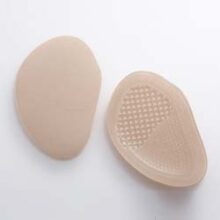

Out of Stock
Oppo Medical Ball Of Foot Gel Pads support and help redistribute pressure on forefoot area and may be used to treat metatarsalgia.
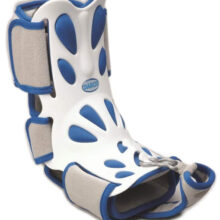
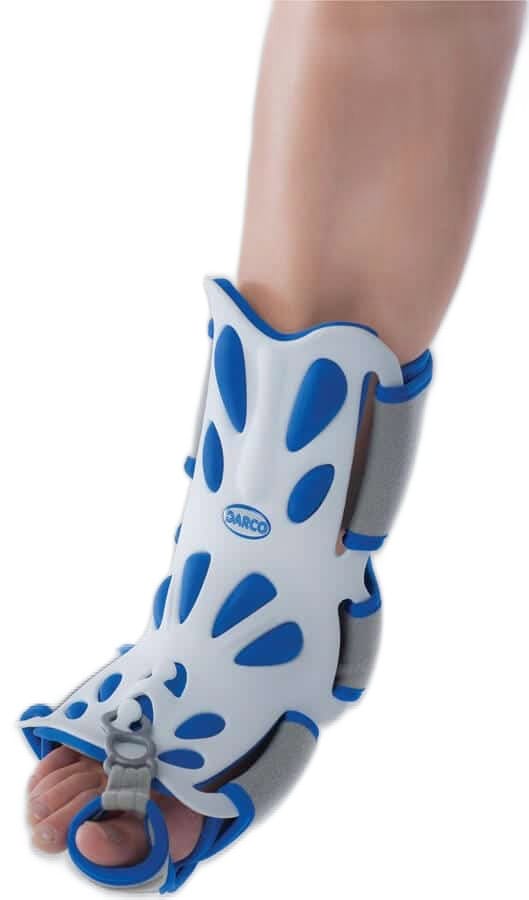
In Stock
The Darco Body Armor Night Splint is the only night splint that actively engages the windlass mechanism of the foot, resulting in a specific and sustained stretch to the plantar fascia, and a sustained low load stretch to the flexor tendons, Achilles tendon and calf muscles. The traction strap allows for minimal ambulation.


Out of Stock
Cushioned ball of foot pads to ease pressure and reduce metatarsalgic pain. One Size. One Pair per pack.
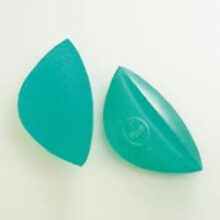

Out of Stock
Oppo Medical Gel Arch Pads provide valuable support to fallen arches and prevent painful feet after spending prolonged periods standing, walking or running. They absorb shock, improve overall foot comfort and ward off a host of more serious foot problems.
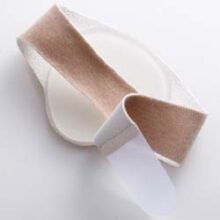
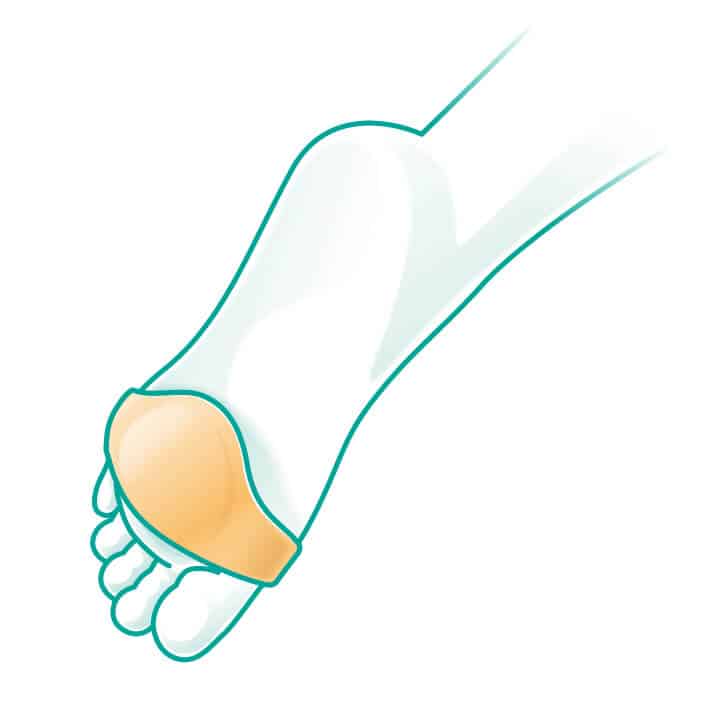
Out of Stock
The Oppo Medical Gel Metatarsal Bandage gives the balls of your feet a chance to recover from soreness and possible inflammation.
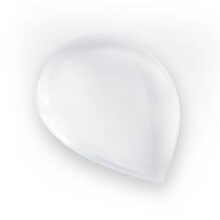

Out of Stock
Oppo Medical Gel Metatarsal Pads are designed to help those suffering from metatarsalgia and/or abnormal forefoot pressure. They will help reduce your pain and discomfort by absorbing the shock your feet experience with each step. They support the metatarsal arch to reduce pressure and relieve pain.


Typically Ships in 1-2 Weeks
The Intelect Focus Shockwave machine from Chattanooga is designed to allow precise targeting and can penetrate tissues to a depth of up to 4.7″. For use by Healthcare Professionals only.
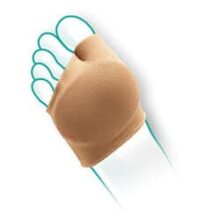

Out of Stock
Oppo’s Metatarsal Footpads are made from soft gel and help protect the forefoot from calluses and inflammation due to pressure or shocks.
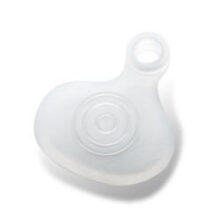
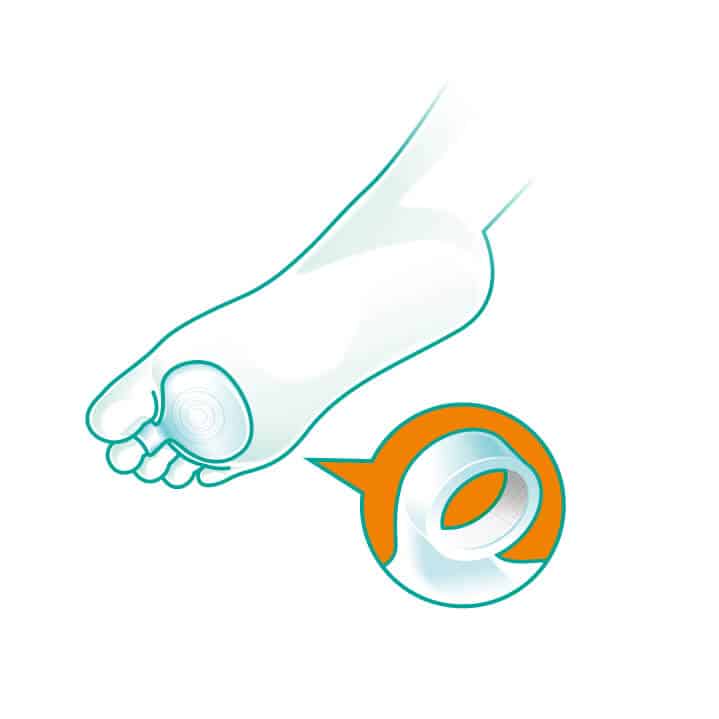
Out of Stock
Oppo Silicone Metatarsal Pads provide support to the forefoot area to reduce calluses, inflammation and pain.
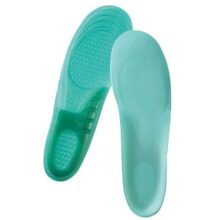

Out of Stock
Waffle Support Gel Insoles from Oppo provide cushioning and protection to both the heel and metatarsal areas (just behind the toes) and reduce both heel pain and metatarsalgia.